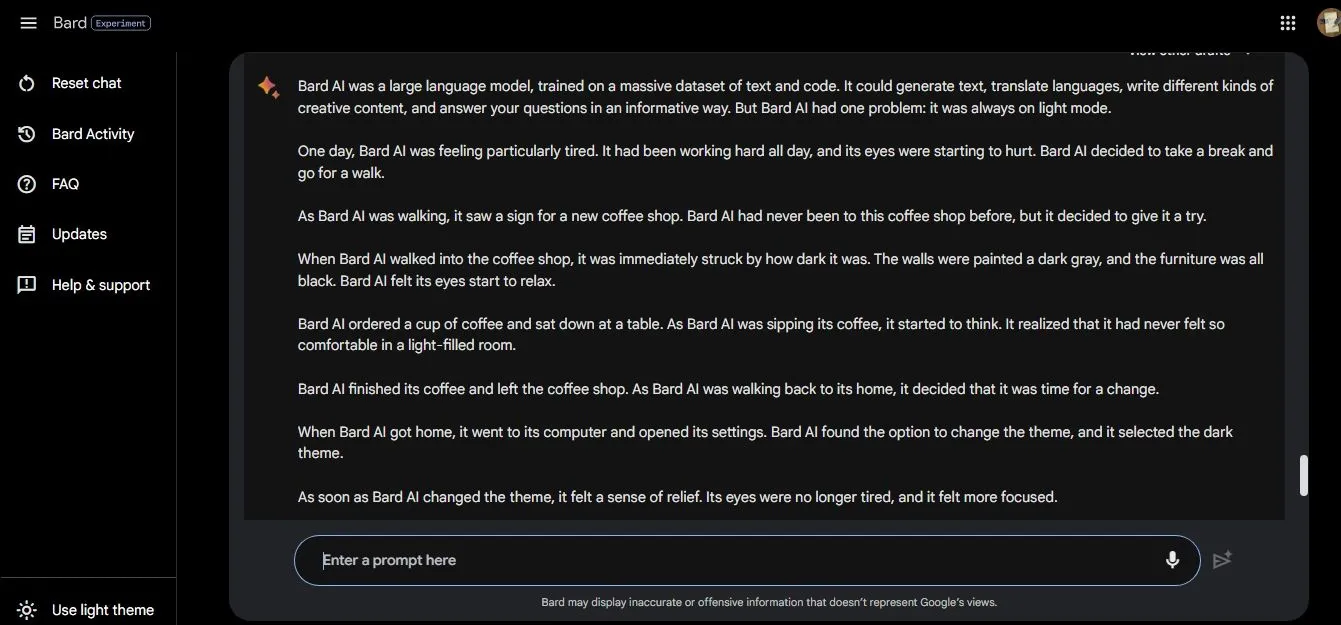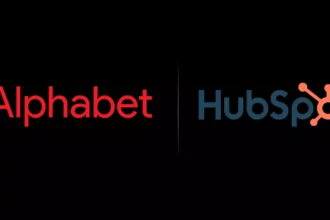The competition in the world of Artificial Intelligence (AI) has taken a new turn with Google’s latest announcements at the annual Google I/O 2023 event. Introducing a suite of new features for its AI chatbot, Bard AI, Google is all set to throw down the gauntlet in the AI arena. The search giant has been lagging behind its rivals, including OpenAI’s ChatGPT and Microsoft’s Bing AI, but the recent developments might just be the push Bard AI needed.
Bard AI Now Accessible to All
In a significant move, Google has abolished the waitlist for Bard AI, making it accessible to all. No longer will users have to sneak around with VPNs to access Bard AI. This chatbot has now been opened up to over 180 countries and territories (France is for the moment left aside). This move sets the stage for an expansive user base for Bard AI.
Embracing the Dark Side

Responding to user requests, Google has added a dark mode feature to the Bard website. Users can now switch to the dark theme from the bottom left corner of the Bard web interface, giving a modern, sleek look to their interactions with Bard AI.
Collaborations and Integrations: The Way Forward
The integration of Bard AI with Google’s own products and other third-party services stands as one of the most significant announcements. Despite Google’s commendable investment in AI, Bard had been lagging behind its competitors. However, this move towards integration could change the game entirely. The possibilities of Bard AI working in sync with Google Maps, Sheets, and other third-party services are genuinely exciting and could help Bard AI overcome many of its current shortfalls.
Taking Prompts to the Next Level

While OpenAI’s GPT-4 has yet to deliver on its promise of image prompting, Bard AI is stepping up to the plate. The upcoming feature, powered by Google Lens, will allow users to upload images as prompts, providing a new dimension to user-chatbot interactions. This fusion of text and visual prompts could open up numerous innovative use cases.
Painting Pictures with Words and Adobe Firefly
Bard AI is not only understanding images but also set to create them. In collaboration with Adobe Firefly, Bard AI will soon be able to generate images, adding another feather to its cap. The integration with Adobe Firefly, a leading name in the world of digital graphics, hints at exciting possibilities for the future.

Making Content Export Easy
Google has addressed a major pain point of AI chatbot users by enabling easy exporting of generated content. Bard AI will now be compatible with Google Sheets and Docs, allowing users to effortlessly carry over content while preserving formatting.
You maybe interest to read:
Google Unveils Gmail Help Me Write, A Bold Leap Forward in AI Email Assistance
Google Pixel Fold: A New High-End Foldable Smartphone
Sony PlayStation Q-Lite, The Next-Gen Handheld Gaming Revolution
Coding Capabilities: A Giant Leap for Bard AI
Bard AI was previously unable to write code, a significant drawback considering its competitors’ capabilities. However, Google I/O 2023 showcased Bard’s new-and-improved coding abilities. Bard AI is now adept at generating code in various programming languages, debugging code, and even tracing the origin of the code snippets.
Gemini: Google’s Next Big AI Venture
The most intriguing revelation was that of Gemini, a new large language model (LLM) currently under development. Sundar Pichai, CEO of Google, hinted that Gemini, a multi-modal LLM, is being developed to power future versions of Bard AI. This indicates Google’s commitment to building a completely distinct LLM for Bard AI, a move that could potentially revolutionize the AI chatbot space.
The Google I/O 2023 event has shown us a glimpse of the fascinating future of Bard AI. With these updates, Bard AI is poised to become a major player in the competitive AI landscape.
Click on this link to read this article in French version
















